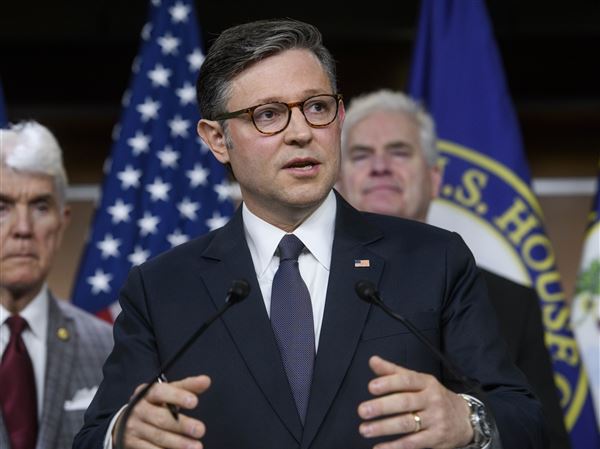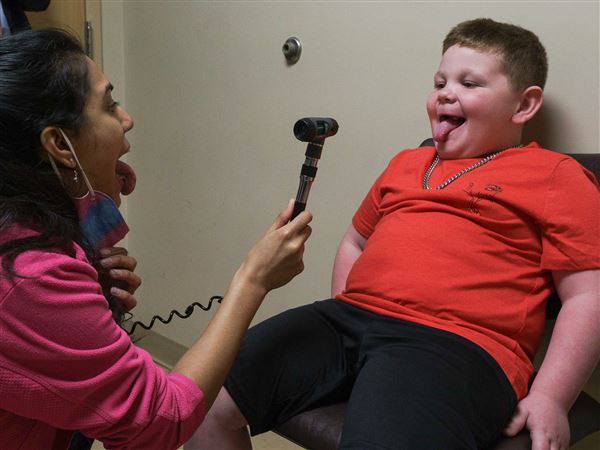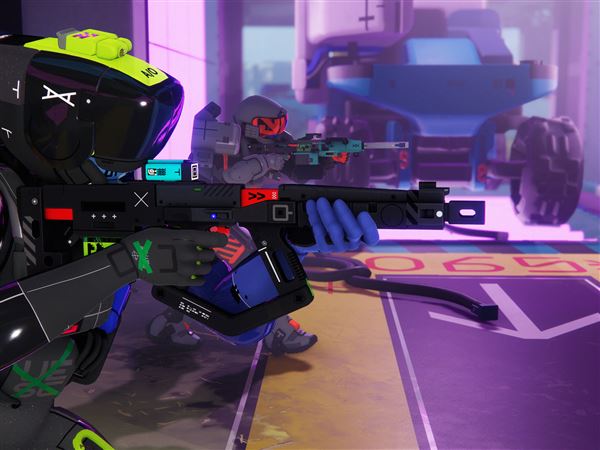Among the hundreds of current research projects in the Bay Area, some may solve problems crucial to local industries, like clean tech and bio-tech. Others focus on possible disaster, like the collapse of the Sacramento Delta levees in an earthquake.
FUEL
It is a great idea on paper, but mass-producing cars that run on hydrogen -- the most abundant stuff in the universe -- will not be easy. Hydrogen is finicky. To be stored as fuel, it must be squeezed under pressures of several thousand pounds per square inch or cooled to minus 451 degrees.
Extremely compressed gas and incredibly cold liquids are too volatile to take on the road. In recent years, scientists have sought a way to store hydrogen as a stable solid. A Stanford team led by Wendy L. Mao, a geophysicist, is one of the latest groups to claim a breakthrough. The team reports that by using extreme pressure it has packed an unprecedented amount of hydrogen into a colorless solid material called ammonia barone.
This could be a step toward a green dream: a car that runs using oxygen from the air and hydrogen from a fuel cell, emitting nothing but water vapor from the tailpipe.
DNA
Even the name of Prof. Wendell Lam's Cell Propulsion Laboratory at the University of California, San Francisco, sounds intriguing. And it is. Professor Lam's 25-member laboratory is a robot shop at the cellular level. By manipulating DNA, the professor can program cells to carry out commands -- like attacking specific tumor cells -- or to move on cues delivered by an infrared light.
The hope, ultimately, is that the cells can be directed to carry out complex tasks, like reconnecting neurons across a severed spinal cord.
"We were able to tease out a long arm of cells with light," said Anselm Levskaya, a graduate student and an author of a recent Nature article on the work. Their ambition is to "use light to artificially wire up neural networks."
LEVEES
From Hurricane Katrina in 2005 to the flood that inundated the Midwest last year, Robert Bea, a civil engineer at the University of California, Berkeley, has crossed the country to study levee failures. But when he looked closer to home he found the signs of a looming disaster.
"When I look at New Orleans and then turn and look at the Sacramento Delta, it's eerie," Professor Bea told an environmental journal last year. "The delta, with jury-rigged levees, is on the verge of collapse."
The professor and a team studying the Sacramento Delta's decades-old levees warn that one devastating earthquake could cause a chain reaction of breaches that would flood huge swaths of Central Valley farmland and knock out the Bay Area's water supply.
In January, the team got $2 million from the National Science Foundation for a four-year study of the delta's infrastructure.
First Published: November 6, 2009, 7:00 a.m.












